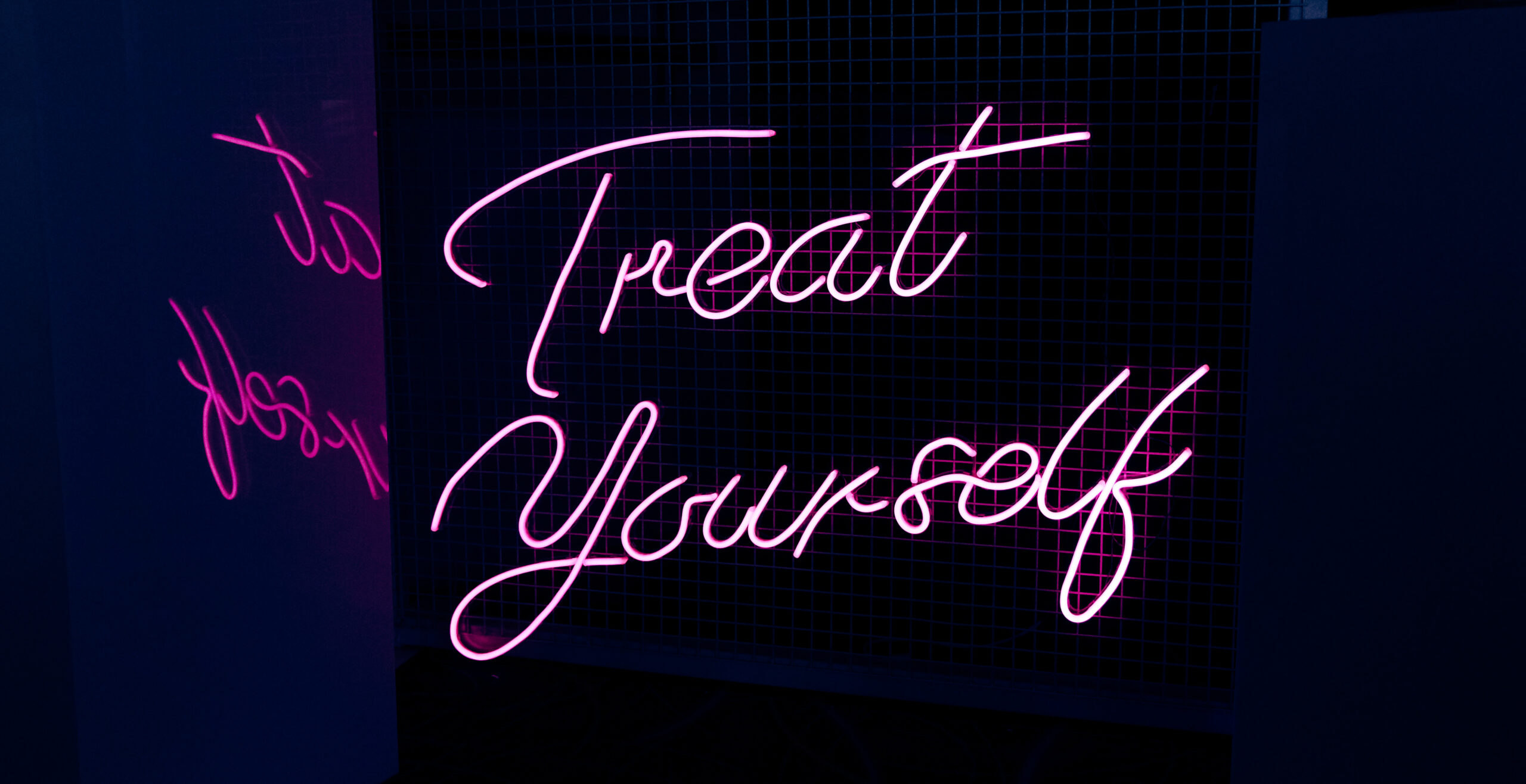Somewhere between the flower wall and the neon sign that says “Treat Yourself,” we lost the plot.
Experiential marketing, once the most exciting frontier in branding, has been reduced to decorative environments that look good on camera but say absolutely nothing.
Let’s be honest.
A swing in the lobby isn’t an experience.
A tunnel of disco balls isn’t a story.
And putting your logo on a smoothie bar doesn’t make it a “moment.”
At best, these things are backdrops. At worst, they’re noise.
The problem isn’t budget. It’s intent. It’s the idea that if something is “Instagrammable,” it must be working.
But here’s the thing:
Posting isn’t the same as connecting.
Traffic isn’t the same as impact.
And experiential doesn’t mean expensive aesthetics—it means designed, strategic, human-centered storytelling.
We’ve seen it happen in boardrooms:
“What can we build that will look good?”
That’s the wrong question.
Start here instead:
“What do we want people to feel when they walk in?”
“What do we want them saying when they leave?”
“What story are we telling—not just visually, but emotionally, culturally, experientially?”
Because the best experiences don’t start with “what can we build?” They start with “why does this need to exist at all?” That’s where the shift begins.
And no, we don’t mean adding a mission statement or slapping a hashtag on a wall. We mean building a fully-immersive, fully-intentional experience that is rooted in the brand’s truth—and makes the audience feel like they belong in the story.
A good experience is less like a commercial and more like an issue of Vanity Fair. Stay with me.
It’s textured.
It’s provocative.
It pulls you into a world that’s bigger than the surface.
The best VF stories don’t scream “look at me”—they whisper “you belong here, let me show you something you didn’t know.” The great ones combine culture, tension, beauty, and narrative so that even if you didn’t know you cared about the subject, now you’re deeply invested.
That’s how experiential should feel. Like you’re inside something that has meaning. Like you’re part of a bigger idea. But meaning takes guts. You have to say no to “what’s trending” You have to resist the temptation to please everyone. You have to be willing to provoke a little—to stir something real.
Here’s how we fix what’s broken:
- Stop designing for social. Start designing for significance.
- Stop mistaking style for substance. You can have both, but you need the latter first.
- Stop making experiences for “everyone.” Make them for someone specific—they’ll do the rest.
- Stop starting with what you want to build. Start with what people need to feel.
Experiential now feels very diluted. It’s not that people don’t want to be moved. It’s that we stopped giving them a reason to be.
And the good news?
That’s fixable.



